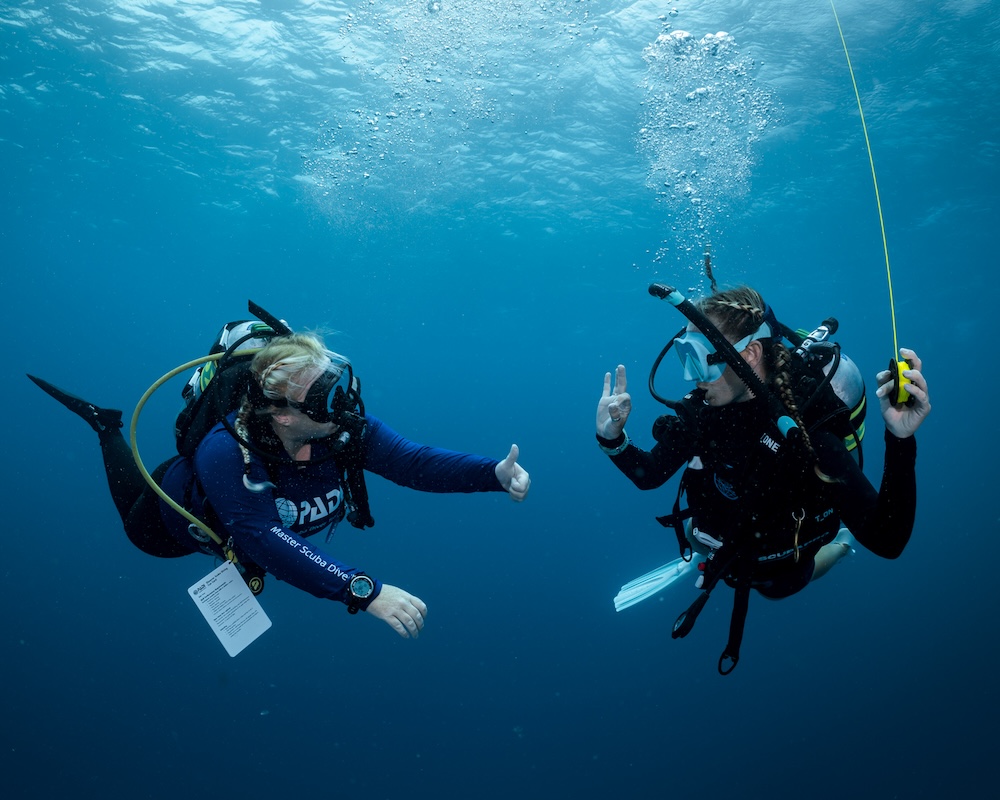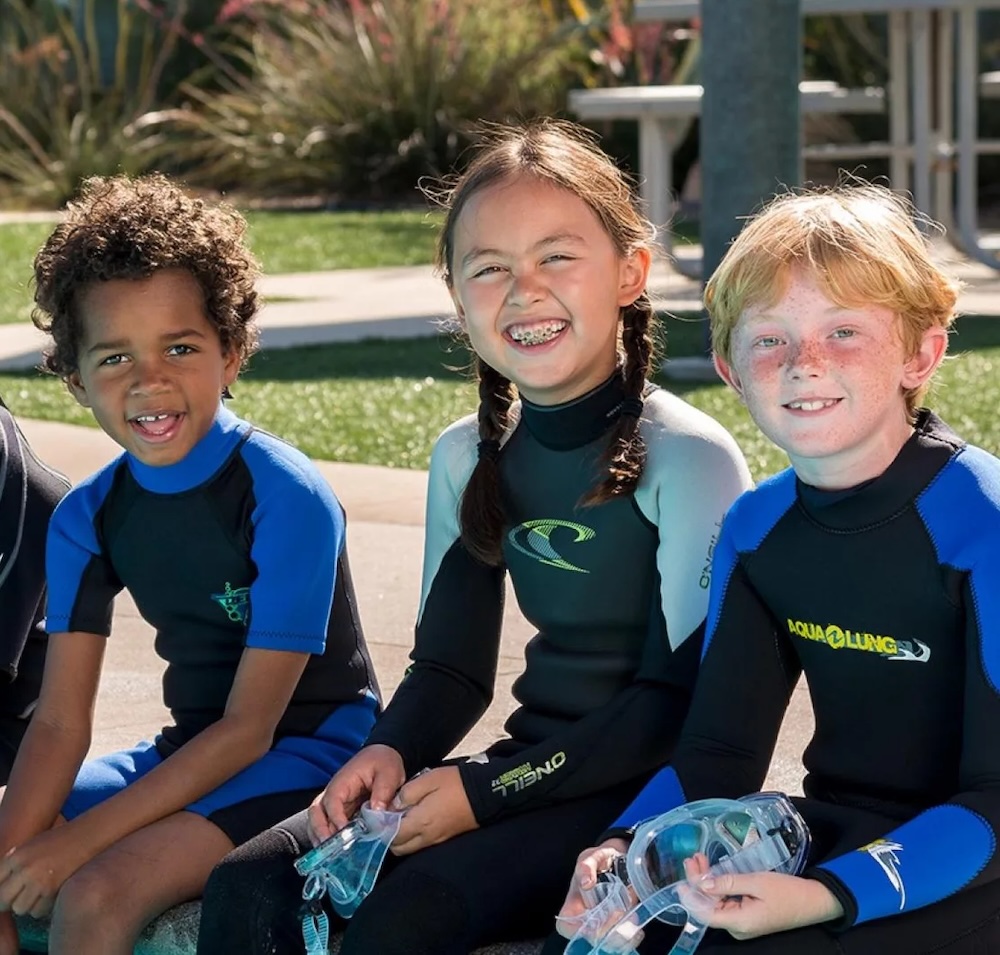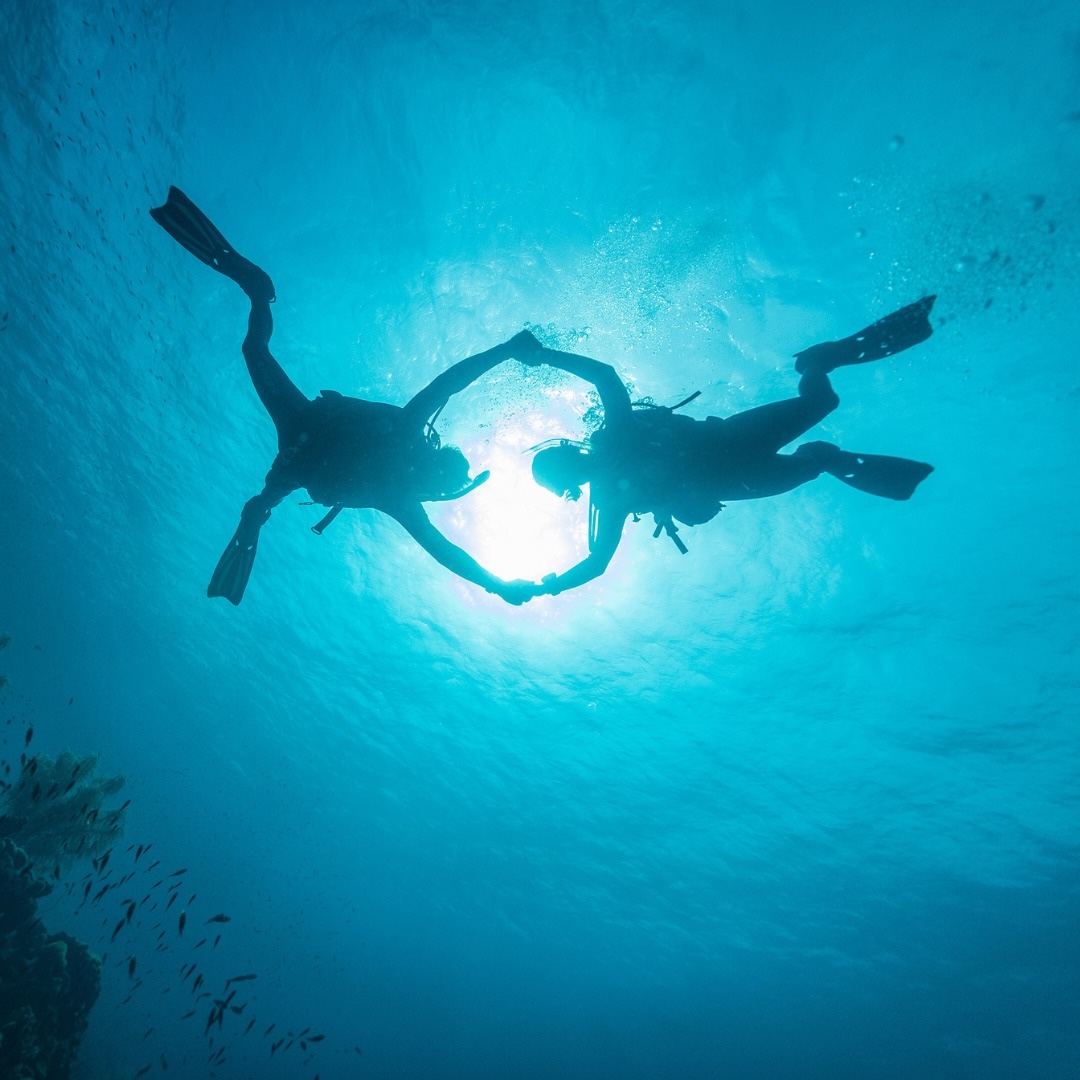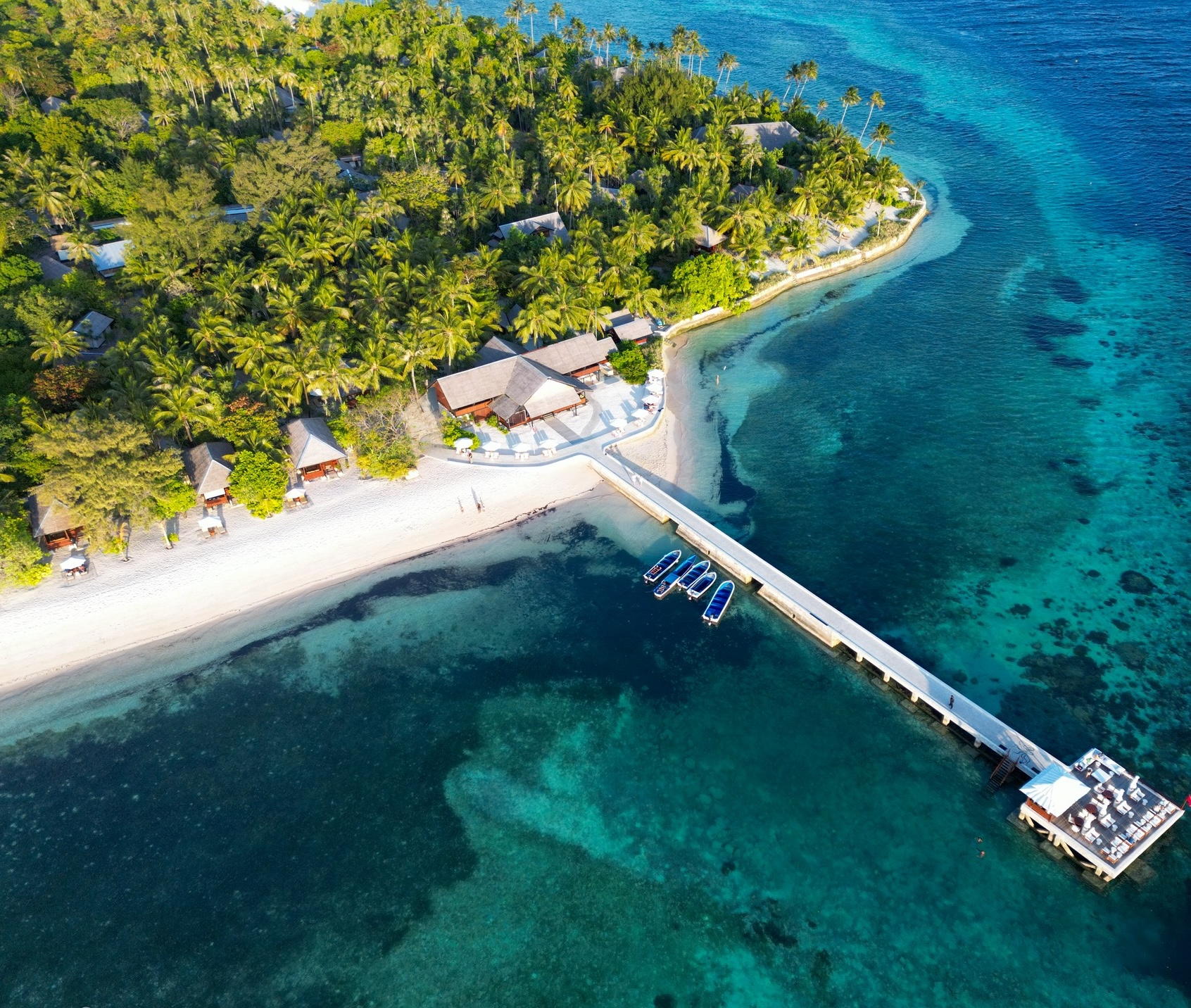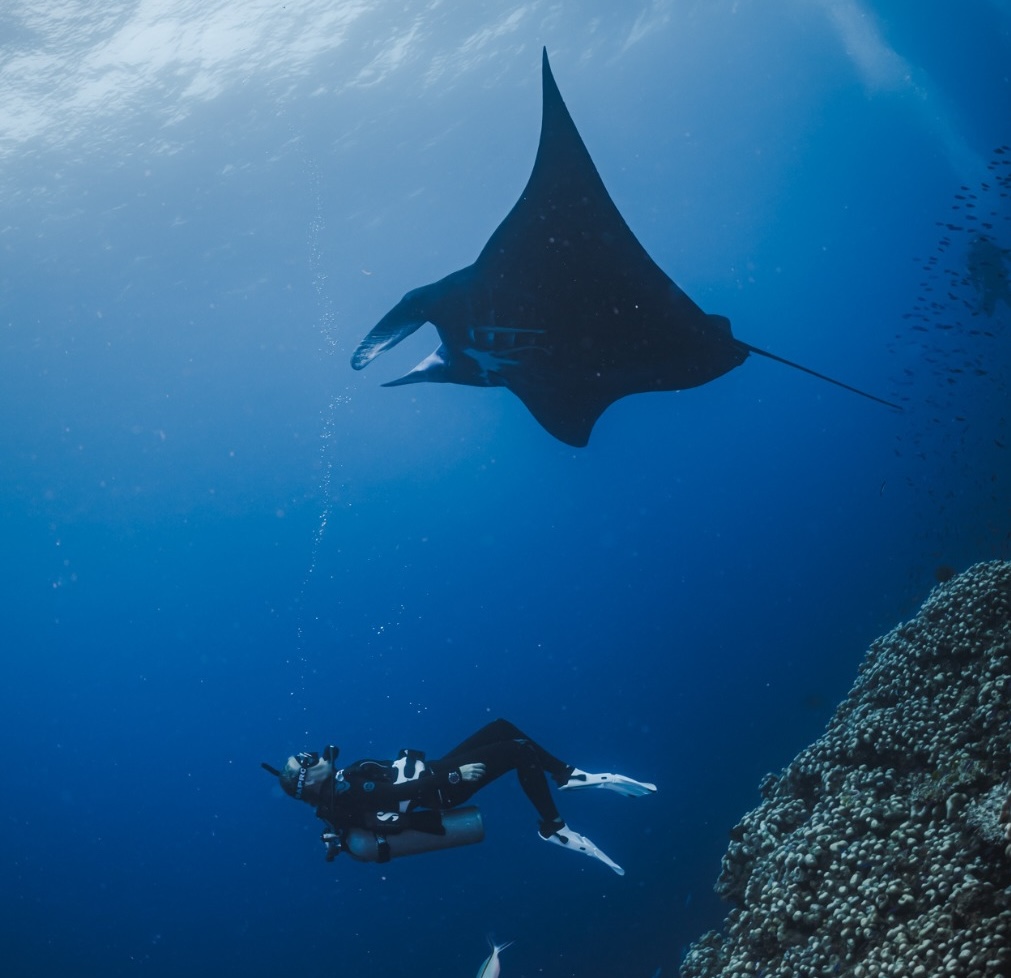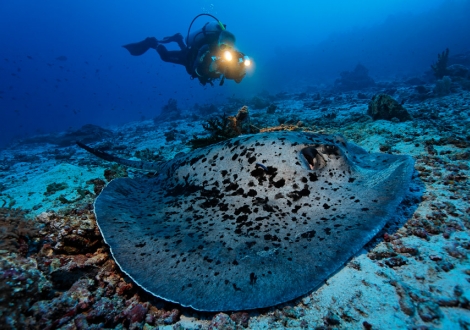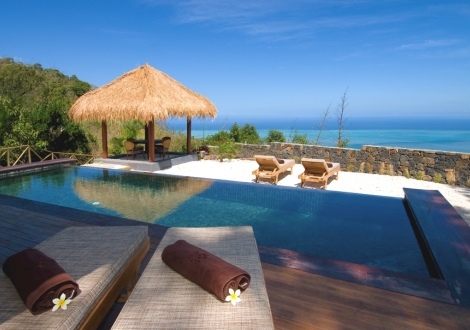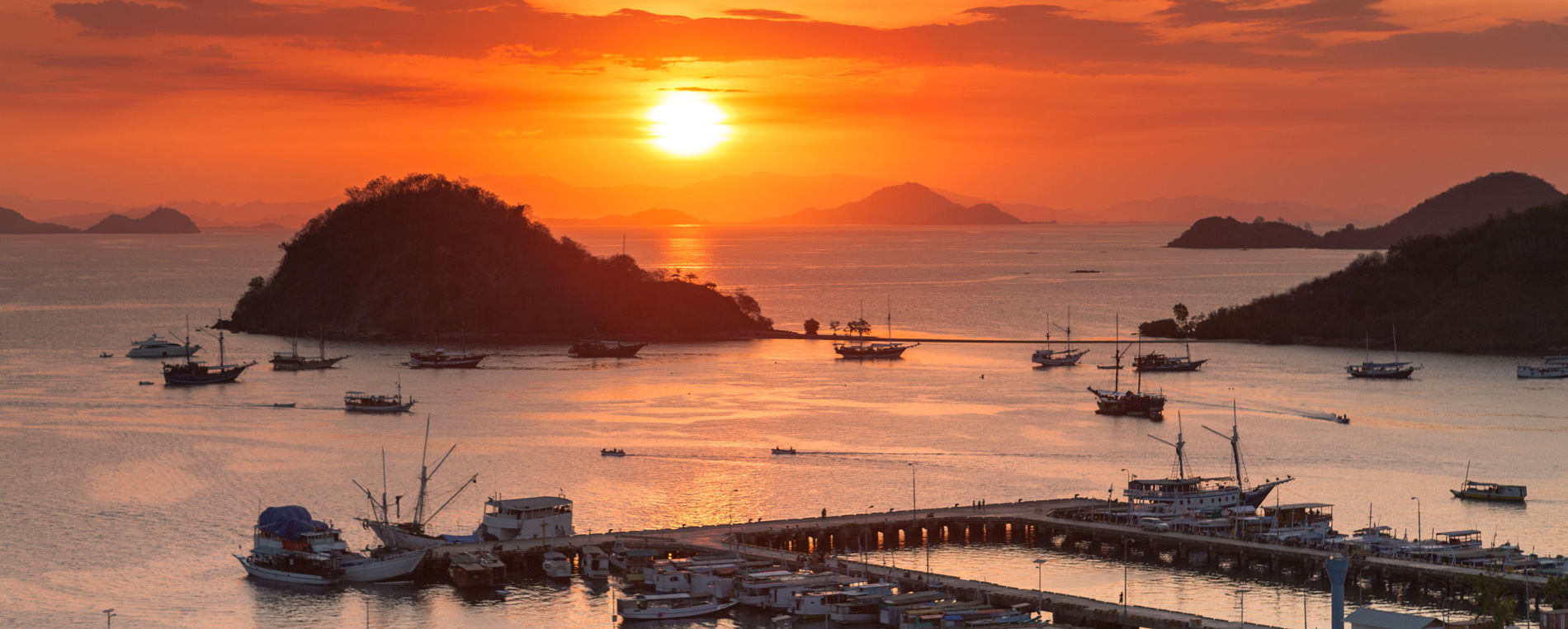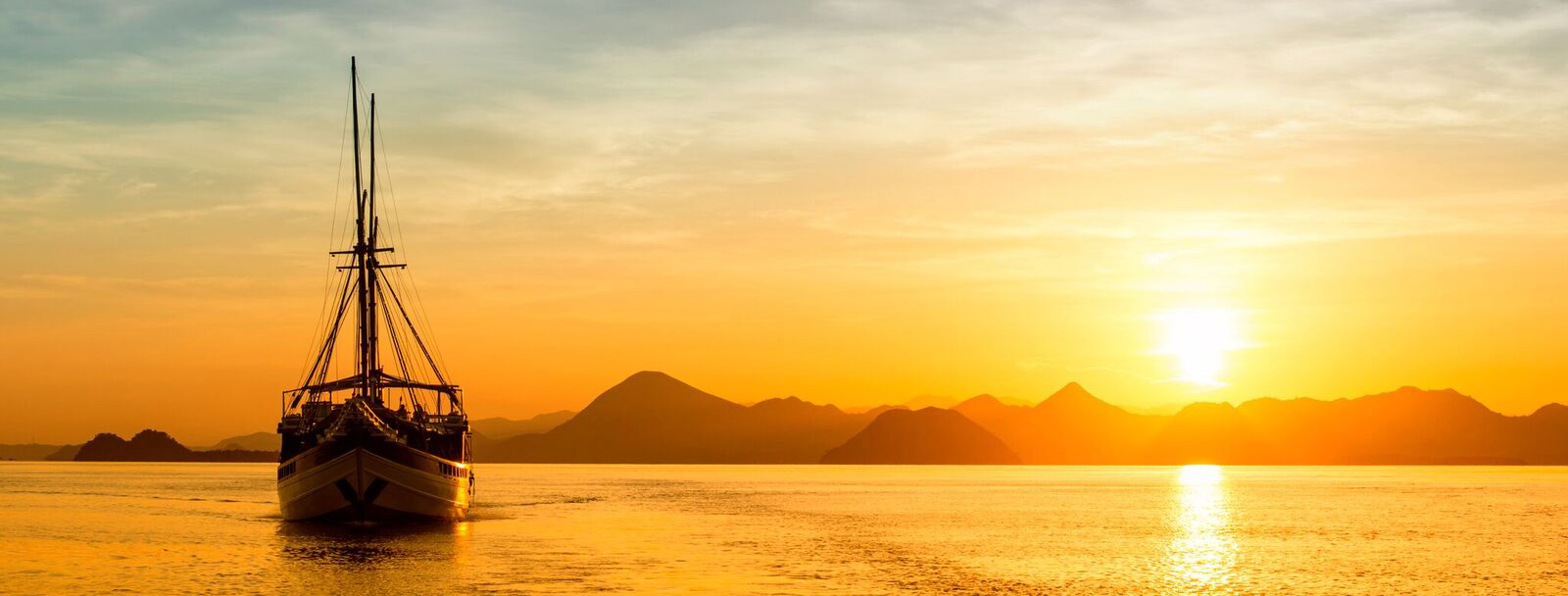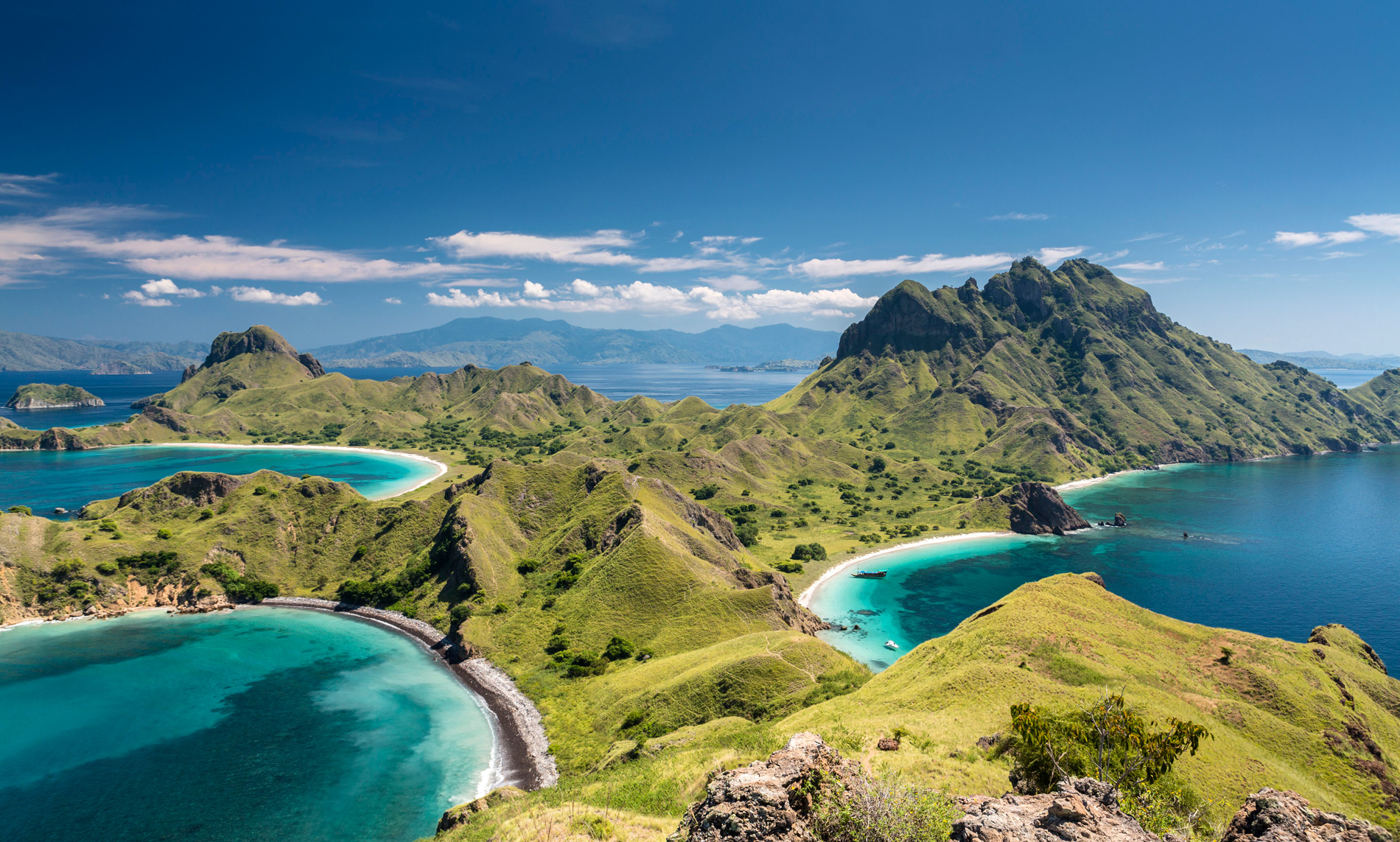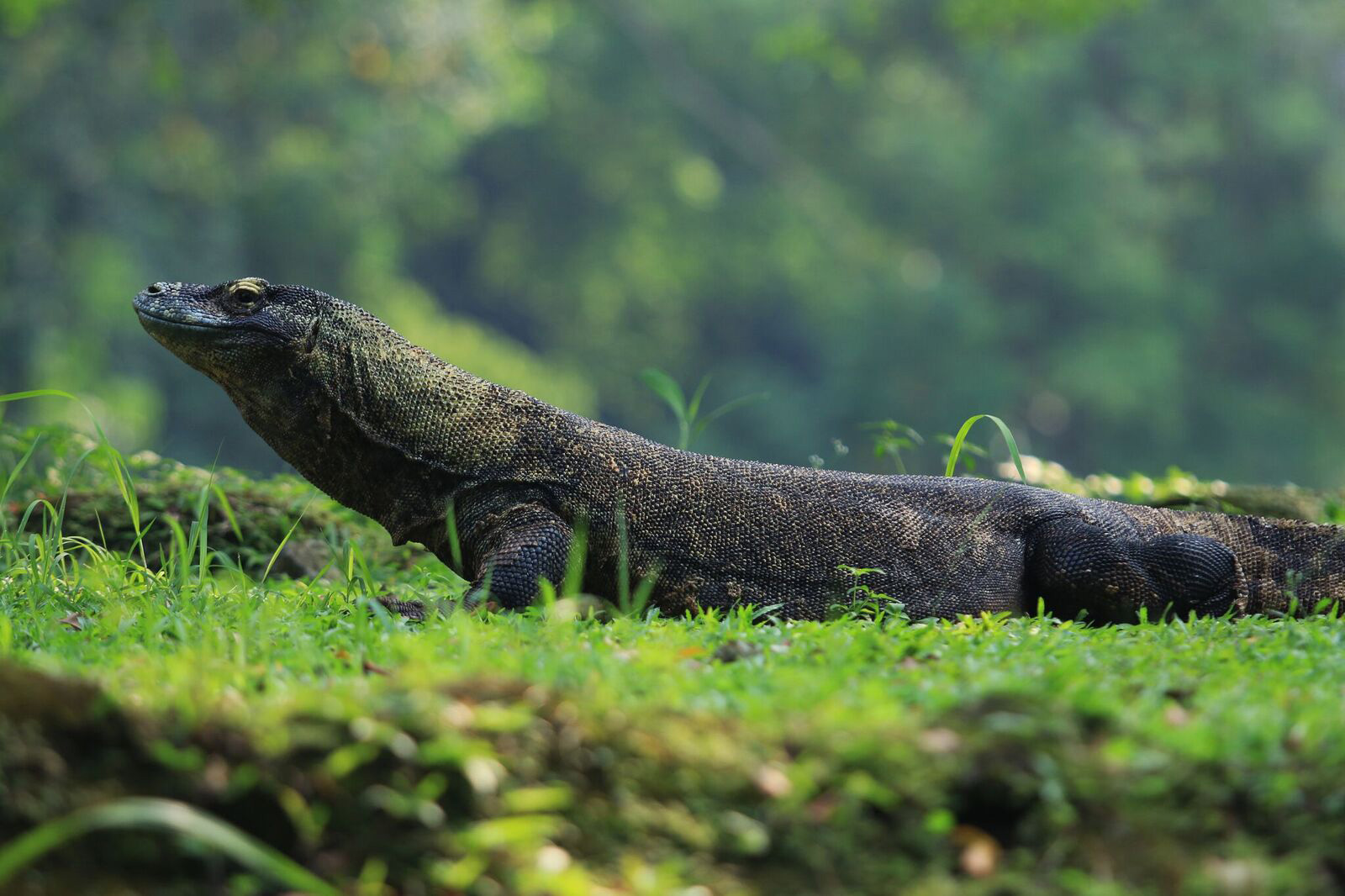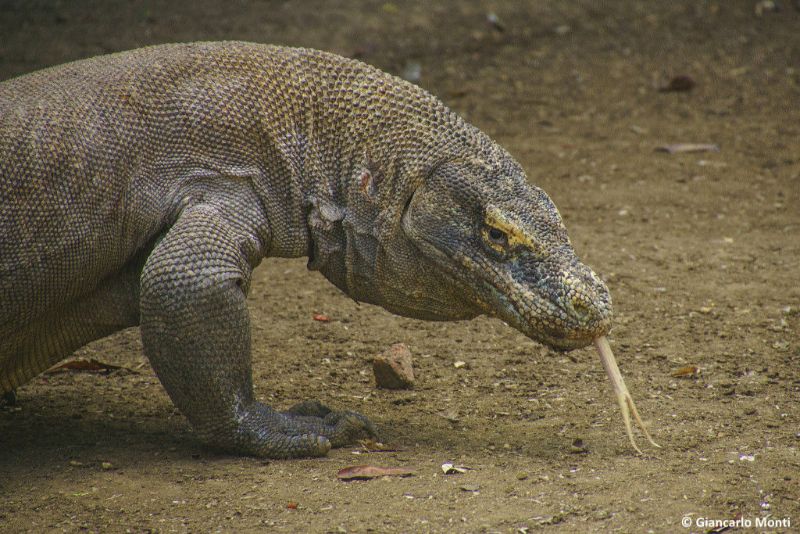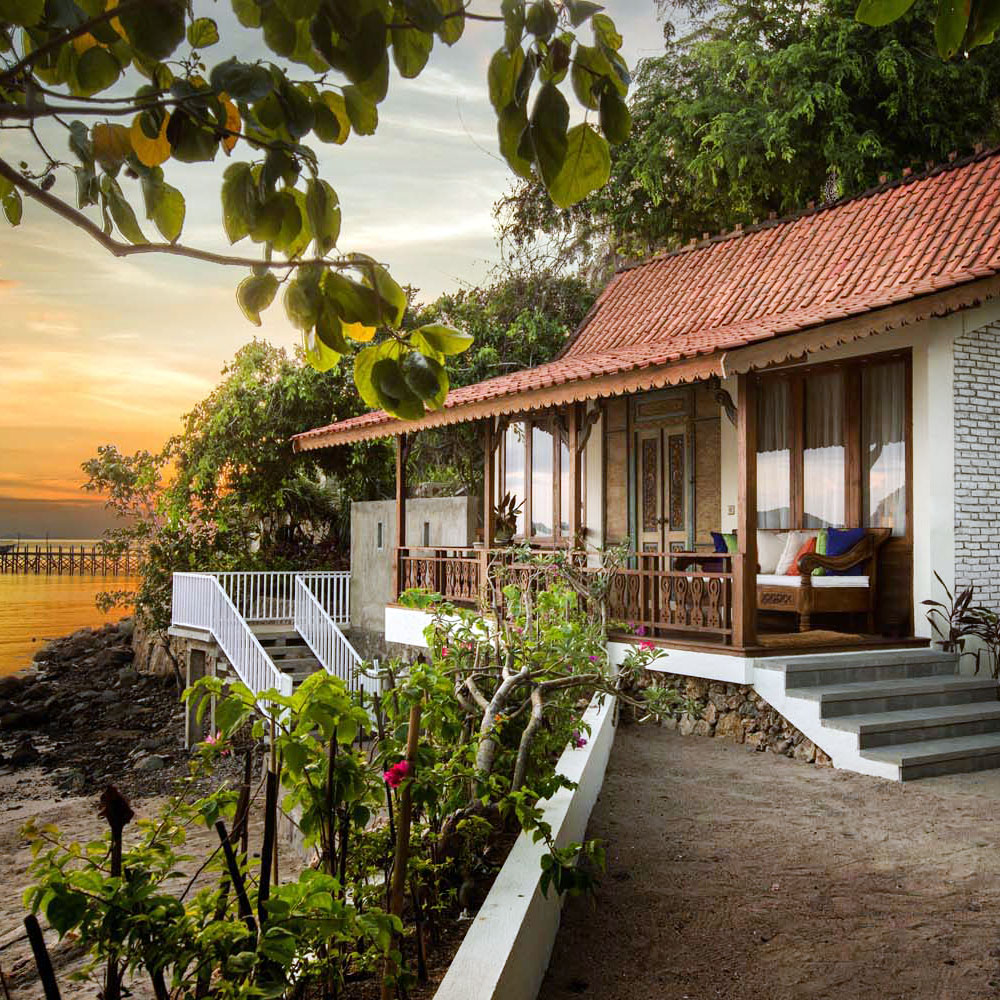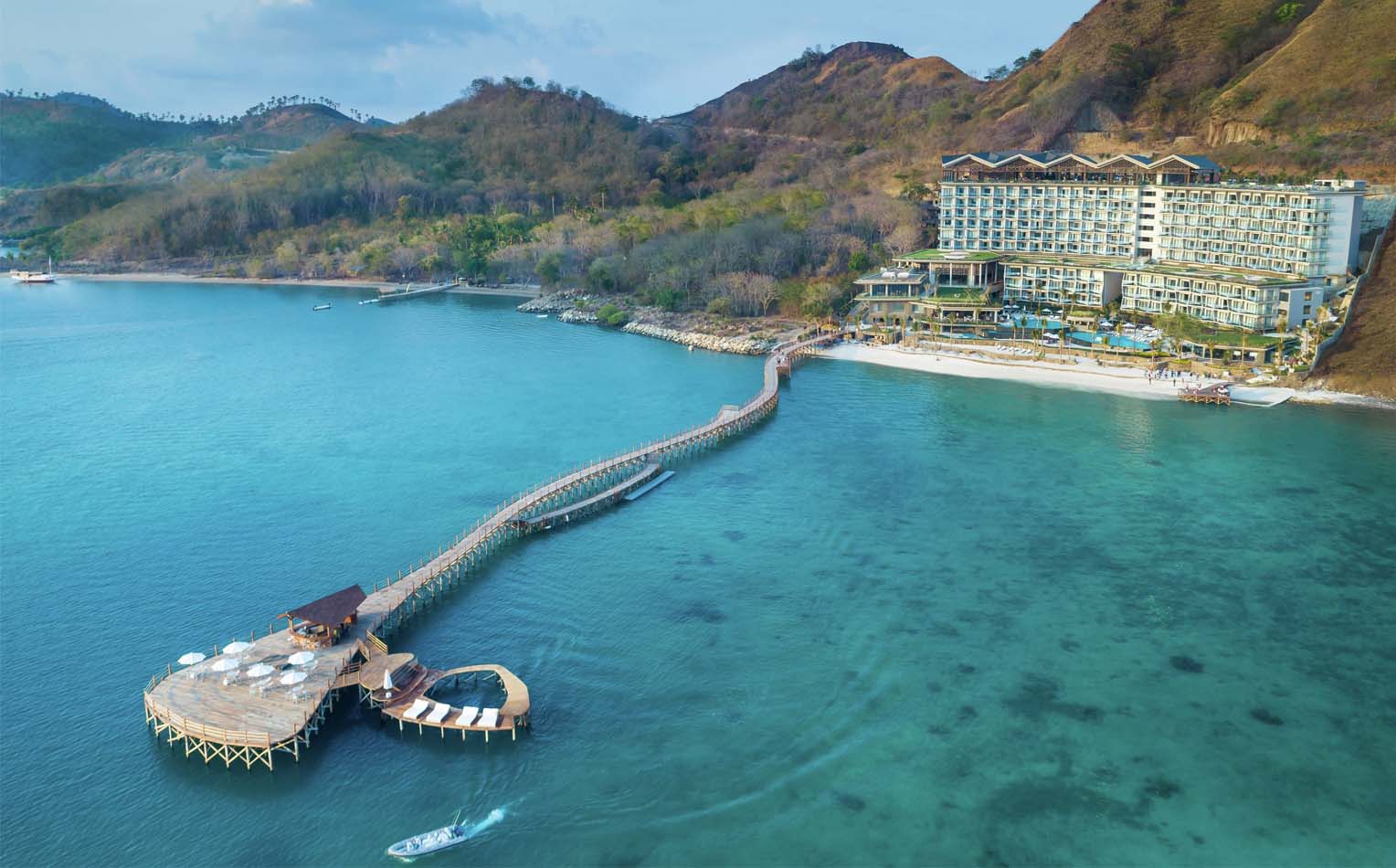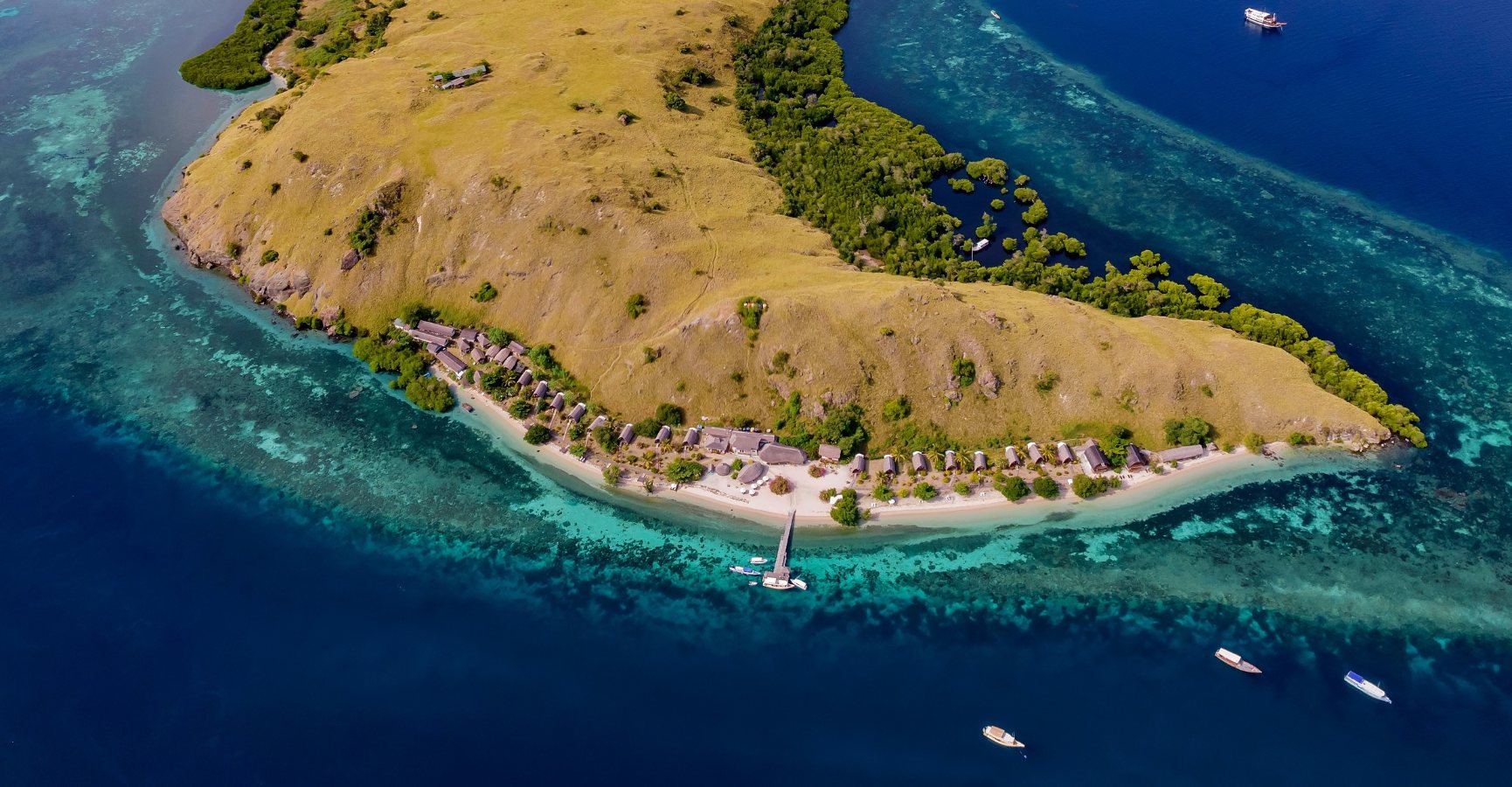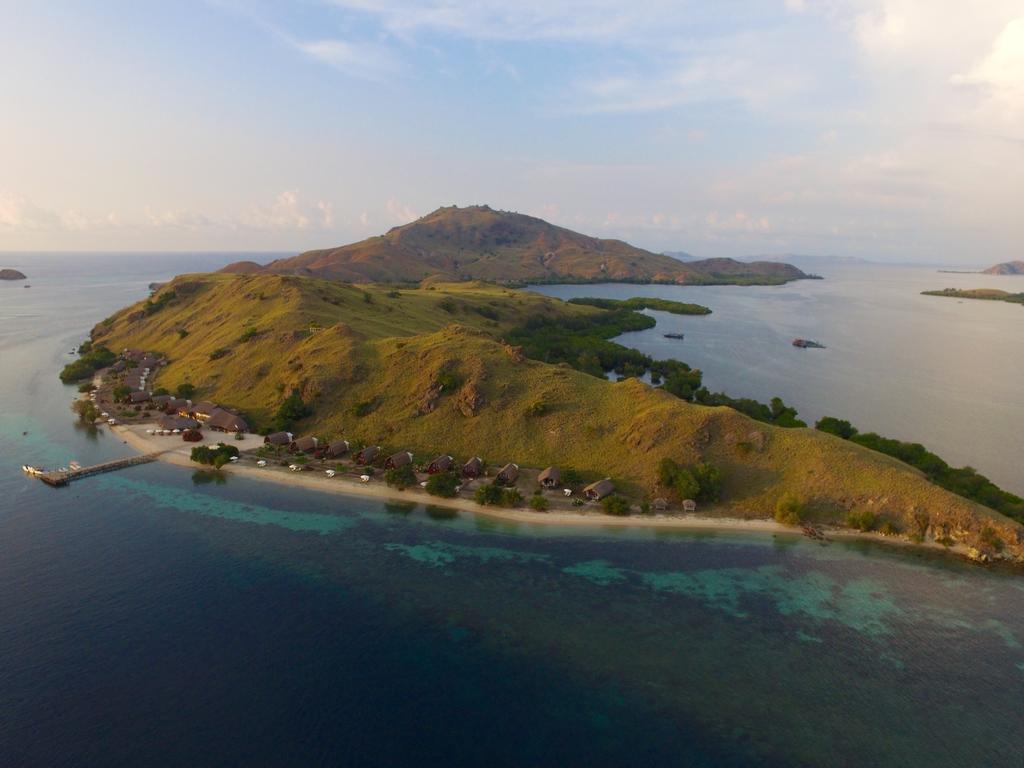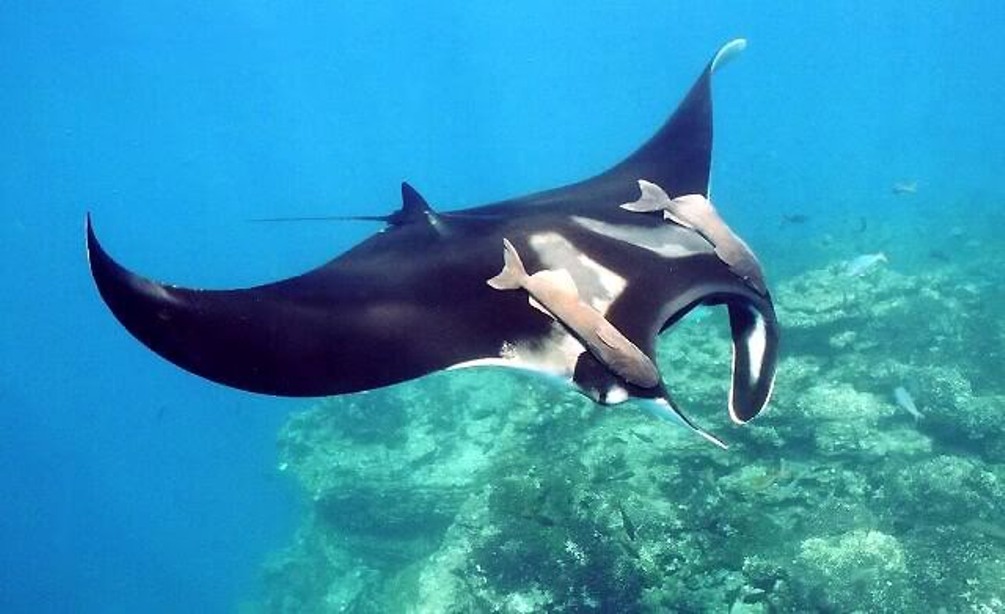Diving Holidays In Komodo National Park
Komodo National Park lies in a region which is the world’s epicentre for marine diversity. There are more marine species here than any other place on the planet. Komodo offers divers every type of tropical diving conceivable, which is why the waters around the islands, which include Komodo island itself, have earned the reputation as one of the world’s great dive sites.
On land, the unusual landscape of Komodo Island forms the perfect backdrop for the home of the world’s largest lizard, the Komodo Dragon. The 'ora' as they are called locally, can be seen on excursions on the island.
Komodo National Park is located between the islands of Sumbawa and Flores in the Lesser Sunda Islands, 200 nautical miles east of Bali. It encompasses several islands, the largest of which are Komodo and Rinca. The park rangers also have jurisdiction over 112,500 hectares of the surrounding waters.
Divers can experience sites with warm, calm, shallow reefs that shelter colourful reef fish and macro critters, as well as cooler, deep-water sea pinnacles and walls patrolled by sharks, tuna, and large schools of pelagics. Much of the marine life which can be seen around Komodo is rarely found in other parts of the world – sunfish, mantas, dolphins, eagle rays, ornate ghost pipefish, pygmy seahorses and blue-ringed octopus. An array of corals, sponges, squirts and tunicates make these dive sites incredibly colourful.
Komodo and Rinca Islands are part of Flores, separated from Sumbawa to the west by the Sape Strait. In the middle of the strait, the bottom drops to almost 300 metres. The many islands and relatively shallow seas between Flores and Komodo's west coast mean very fast currents at tidal changes, especially when the higher tidal waters of the Pacific Ocean in the north flow through into the Indian Ocean to the south. The upwellings from the deep surrounding seas bring nutrients and plankton to keep the waters of Komodo Island rich and well-fed, which makes perfect conditions for some spectacular scuba diving.
Dive Sites
Batu Bolong
A small rock between Komodo and Tatawa. by a completely intact reef with hard and soft corals surrounded by a wall, pinnacles and fantastic canyon.
Thousands of reef fish in magnificent colors are found along the first meters. 15-20 meters from the diver to meet a lot of big fish like sharks, Napoleon, mackerels, tunas, large schools of rainbow runner, turtles, and occasionally even a manta or eagle rays.
Because of this diversity, this dive site is world class!
Tatawa Kecil
For experienced divers.
A small island south of Tatawa Besar with caves, overhangs, rock formations and a spectacular coral reef. At moderate flow are dipped in fish shoals of snapper, schools of fuselier, jacks, sharks and turtles. Manta Rays love the coral plateau in the north and south, and dugongs have been spotted.
Crystal Rock
Only when the tide of this small rock is visible. As the name implies, water is very clear from the stone surround. Covered with very colorful soft coral with large schools of oriental sweet lips and bat fish, multicolored scorpion fish, moray eels, frog fish, tuna and mackerel. This site is worth a few dives!
Castle Rock
Also in fantastic clear waters, this underwater mountain (like a lock) north of Crystal Rock, about 5 meters of the surface unknown. meters in about 30 minutes. You can see huge schools of barracuda, mackerel, tuna, white tip and gray sharks above 20 meters. There are beautiful hard and soft corals, sea fans in a lot where you can find Pygmy seahorse.
Small Makasar
A sand bank between Komodo and Batu Bolong. A favorite place of the Manta Rays sometimes scattered or sometimes in large groups of 40 to attract even Mantas. There is little coral diversity, but we have spotted dugongs.
The Alley
A fantastic dive site in the south of Komodo, a small island in the southern bay. The world is impressive with hard corals and soft corals intact, huge thick head mackerel, sharks (white tip, black tip and gray sharks) and manta rays, feeding into the bay to come. Mola Mola, or were Sunfish been spotted here.
Cannibal Rock
A small underwater mountain between Rinca and Nusa Kode. Known as the most species-rich world with soft corals Seeäpfeln, superb snails, "Spanish Dancer", most colorful of fish, scorpion fish, schools of surgeonfish and red snapper, pygmy sea horses and frog fish.
Yellow wall
A yellow wall at the entrance of South Rinca and Nusa Kode, significant mainly for its yellow soft corals. Known as the most soft coral species world, superb nudibranch, "Spanish Dancer" and colorful marine life, scorpion fish, schools of surgeonfish and red snapper, pygmy sea horses and frog fish.



 Nassau
Nassau
